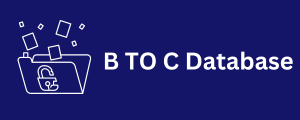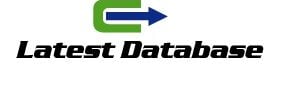Everyone knows that page speed is important. It’s a confirmed Google ranking factor on desktop and mobile, impacts user experience, and can have a direct effect on your bottom line. But slow WordPress websites are a common issue. Unless you have a brand new WordPress website, chances are you’ve installed a bunch of plugins that you don’t use over the years. Some of these can impact page speed, so it’s worth deactivating and How to Speed uninstalling anything you don’t need as a starting point. Just be careful when doing this. If you’re not sure whether something is needed, leave it there.
Switch DNS providers
To Cloudflare Websites are files on hard drives (servers) connected to the internet. And every device connected to the internet has an IP address (e.g., 123.123.12.1). Because IP executive email list addresses are tough to memorize, domain names are mapped to IP addresses using DNS, which stands for Domain Name System. You can think of this as the phonebook of the web. When you type a domain into your browser, a DNS lookup occurs to find the server’s IP address. But here’s the thing: most people use the free DNS providers from their domain registrar, which is usually slow. If this is you, switch to a faster DNS provider like Cloudflare. To do this, sign up for a free Cloudflare account. Click “Add a site,” enter your domain name, and click the button.
How to Speed free plan
Then click “Confirm plan.” Cloudflare will now give you a chance to review your DNS settings before continuing. If there are no warnings, it’s usually safe to continue. Now all B2C Database that’s left to do is to swap your nameservers with your domain registrar. The way you do this varies between registrars, so don’t. Hesitate to ask their support if you’re unsure how to do it. Here’s the process if you’re using Google Domains: Caching is a process that temporarily stores files so they can be delivered to visitors more efficiently. There are two main types: Browser caching: Saves’ common’ files like logos on the users’ hard drive so they don’t have to re-download them on repeat visits.







